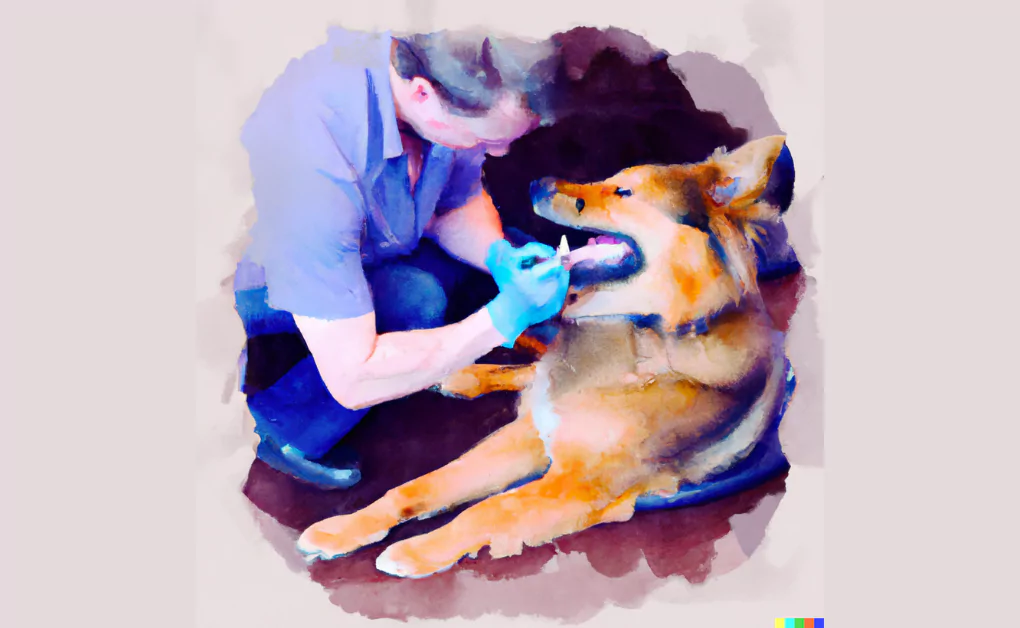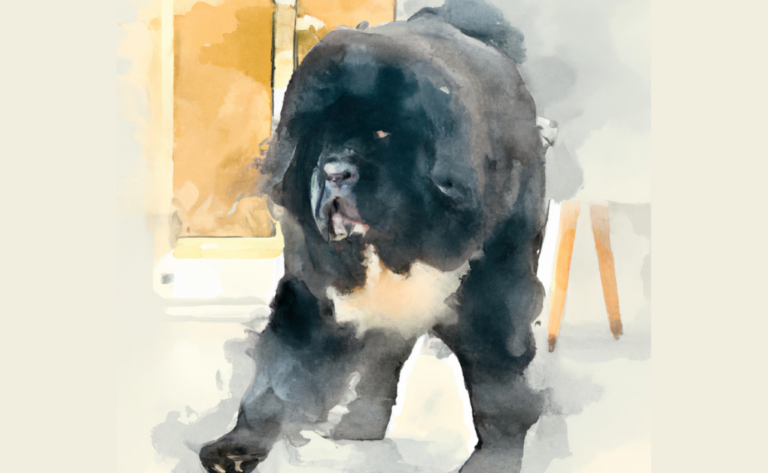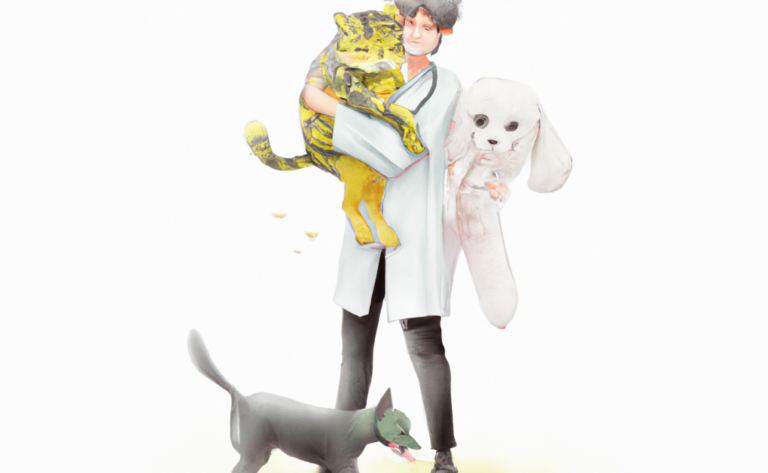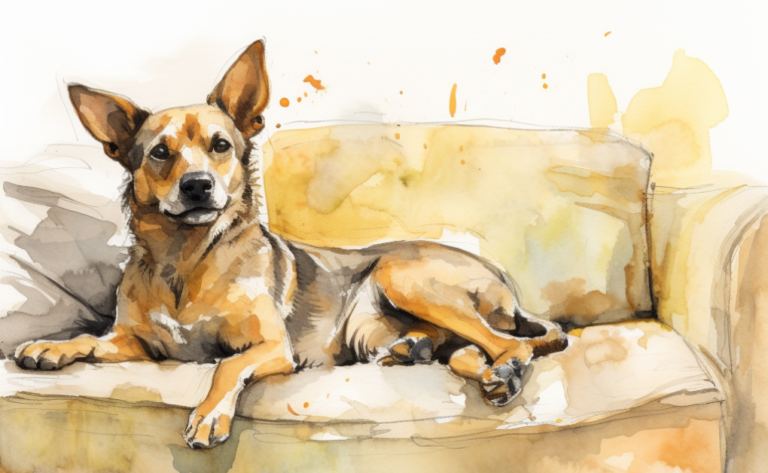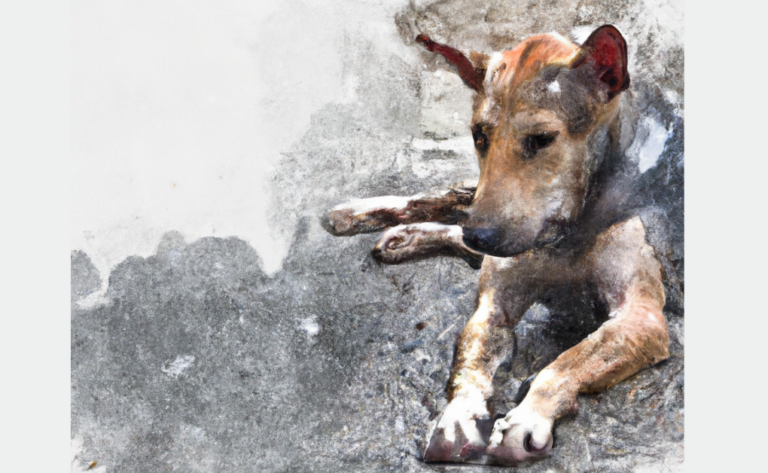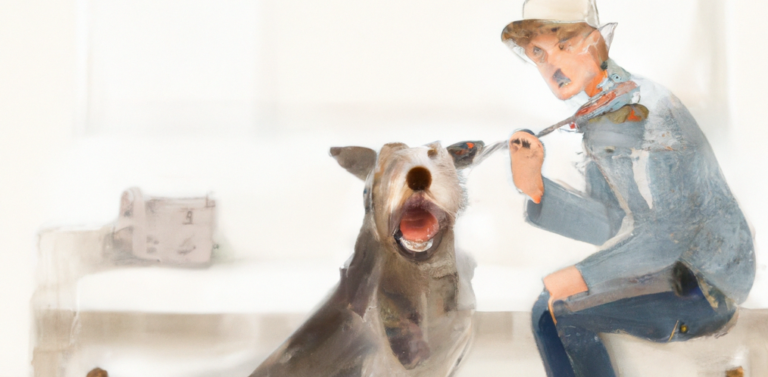The Healthy Mouth: Veterinary Dentistry at Beyond Pets
Introduction
When Charlie, a loving and devoted dog owner, noticed that his canine companion, Daisy, had been reluctant to eat her favorite treats, he knew something was off. Concerned, Charlie took her to the vet, only to learn that poor Daisy had been suffering from dental issues. This revelation led Charlie down a path of discovery on the importance of maintaining a healthy mouth for pets.
Do you ever wonder what your pets are hiding behind those smiles? Have you noticed your pet has bad breath or has stopped eating regularly?
Believe it or not, your pet’s dental health can reveal many problems. Knowing and understanding why oral diseases occur in cats and dogs is essential for their well-being. More than 80% of dogs and 70% of cats have dental disease by the age of three, according to the American Veterinary Dental Society.
That’s where veterinary dentistry comes in. In this article, I’ll explain how veterinary dentistry can help improve your pets’ dental health. Plus, I’ll provide tips on ways to care for their teeth naturally!
What is Veterinary Dentistry and Who Should Perform Them?
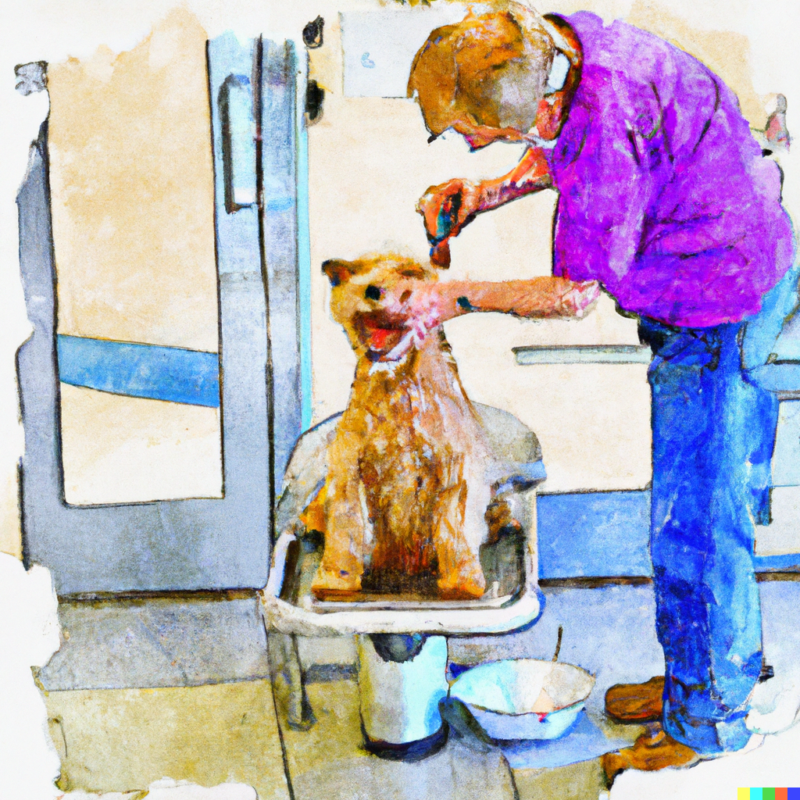
Veterinary dentistry involves cleaning, adjusting, filing, extracting, and repairing pets’ teeth. The goal is to maintain their oral health and prevent painful dental issues down the road. Since they can’t necessarily tell us when something’s wrong with their teeth and gums, routine preventive care is essential.
For those tasks that require special skills and equipment beyond a routine check-up (like extracting teeth or doing a thorough exam under anesthesia to assess any dental issues below the gum line), only a veterinarian or board-certified veterinary dentist should perform these procedures.
Veterinary dentists have additional training/education in all aspects of veterinary dentistry and experience across Europe’s finest clinics. They know how to deal with pre-existing conditions that may be more uncommon and complex than common dental issues in companion animals.
Why is Dental Health in Pets Essential?
Pet owners must keep an eye on their furry friend’s dental health. As you may know, regular dental cleanings can help protect pets against painful gum disease and other severe oral conditions, such as gingivitis and periodontal diseases, that can lead to more dangerous problems. Our clinic provides comprehensive dental services, including teeth cleaning, X-rays, extraction, and surgery.
Pet owners should watch for warning signs of poor dental hygiene, such as missing teeth, bad breath, or excessive drooling. If your pet shows any of these symptoms, you can schedule a thorough dental exam as soon as possible. Untreated issues in the mouth can cause significant problems over time and even impact your pet’s overall health. So make sure your pet gets the care it deserves, and considers professional scheduling teeth cleaning every six months to keep your companion healthy!
What is Pet Dental Care?
Dental care for pets is an essential part of dog and cat health. The importance of oral hygiene for pets can easily be overlooked, but it’s one of the most important things you can do to maintain their overall health. Regular teeth brushing and proper diet play significant roles in keeping your pet’s mouth clean and healthy.
Dental care is an integral part of your pet’s overall health. It involves regular teeth brushing, proper diet, and regular check-ups. Regular teeth brushing helps to remove plaque and tartar build-up that can lead to gum disease and other severe oral conditions. A proper diet also plays a role in keeping your pet’s mouth clean and healthy.
Regular check-ups with a veterinarian or board-certified veterinary dentist are crucial for maintaining your pet’s dental health. During these visits, the vet or dentist will examine your pet’s teeth and gums to look for any signs of infection or disease. They may also take X-rays to get a better look at what’s going on beneath the surface. If any issues are found, they can be treated immediately to prevent further damage.
Our compassionate veterinarians perform professional cleanings and minor periodontal surgeries with the latest technology for pets of all sizes. We also strive to educate pet owners about proper at-home dental care for their furry friends. With regular checks at the vet and ongoing maintenance at home, you can keep your pet’s teeth healthy for a lifetime. Contact us today to learn more about our comprehensive dental care services!
Oral Health in Dogs and Cats
Good oral health is an essential component of an overall healthy lifestyle for your dog or cat, just as it is for humans. Pets should have their teeth examined by a veterinarian at least once a year to check for issues that may not be visible to the naked eye. Some signs of dental problems include bad breath, broken or loose teeth, discolored or covered tartar, and swelling around the mouth or face.
Additionally, pets displaying any changes in behavior should be taken to the vet as soon as possible because these could signify underlying dental problems such as pain and infections. Commonly affected areas include the gums, roots of teeth, and jaws. Dental problems can also lead to systemic issues if left untreated, so owners must take action when they notice any symptoms in their furry family members.
Pet Teeth Cleaning & Exams
Vets perform pet teeth cleaning and examination to provide veterinary dental care for your pets. Teeth cleaning helps remove plaque and tartar, which can cause gum disease, tooth decay, and other dental issues. The vet gently removes any build-up on the tooth surface during a pet tooth cleaning before finishing with a polishing.
The vet may also take x-rays to check for abscesses or underlying issues in the mouth. If there are signs of gum disease, they will use special instruments to scrape away tartar from the tooth root surfaces and evaluate the health of the gums. The vet may also administer medications to reduce inflammation or prescribe antibiotics if needed.
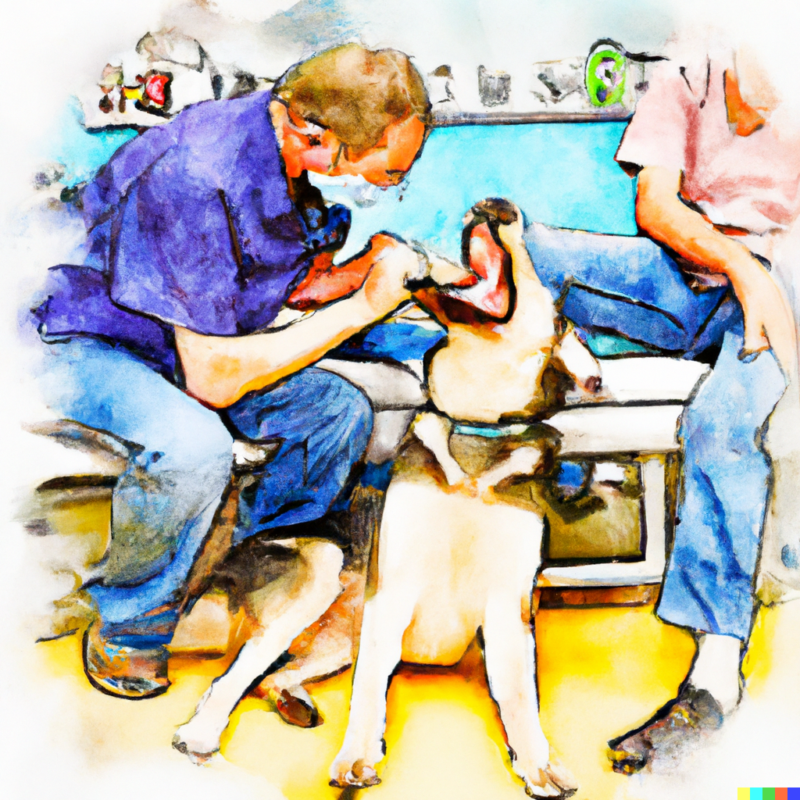
During an oral exam, vets will look at your pet’s jaw structure and tooth alignment and bite and examine their tongue, cheeks, gums, and lips for abnormalities. They may also take samples of saliva or plaque for testing to find possible infections or bacterial overgrowth that might indicate a need for treatment.
Overall, professional pet teeth cleaning and examinations are essential in keeping your pet’s oral health in check! Regular visits make it much easier to detect and prevent major issues before they become serious problems – something that could make all the difference in your pet’s quality of life.
How to Care for Your Pet’s Teeth
Caring for your pet’s teeth is essential to their overall health, and animal dentistry can help keep pets healthy and prolong their lives.
Here are a few easy tips to start caring for your pet’s teeth:
- Brush Your Pet’s Teeth Regularly – Just like humans, brushing your pet’s teeth daily or twice a week can help reduce tartar build-up and prevent gum disease. You can use a specially designed toothbrush or finger brush to brush your pet’s teeth, and the meeting should be soft-bristled and explicitly intended for animals, not humans.
- Provide Dental Chews – Dental chews or chew toys are specially formulated treats containing enzymes and minerals that help break down plaque and tartar on your pet’s teeth with regular chewing. Ask your veterinarian which types are best for your pet and provide them regularly, usually every day or every other day.
- Feed an appropriately sized kibble – Choose a specifically designed small bite-size kibble for all-size dogs as it promotes chewing and helps remove debris from the gums while they eat, reducing plaque build-up.
Following these steps and regular veterinary check-ups,s will ensure that your pet maintains healthy teeth and gums throughout their lifetime!
Frequently Asked Questions
Disclaimer: The information provided on this veterinary website is intended for general educational purposes only and should not be considered as a substitute for professional veterinary advice, diagnosis, or treatment. Always consult a licensed veterinarian for any concerns or questions regarding the health and well-being of your pet. This website does not claim to cover every possible situation or provide exhaustive knowledge on the subjects presented. The owners and contributors of this website are not responsible for any harm or loss that may result from the use or misuse of the information provided herein.

